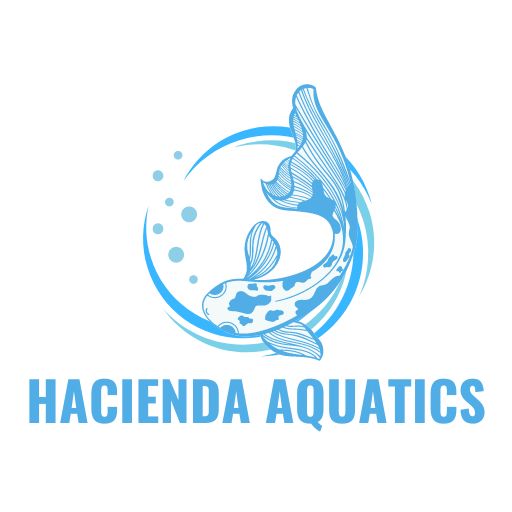Aquatic Knowledge
How to Get Clear Water Aquarium: A Complete Guide for Crystal-Clear Tanks
One of the most common goals for aquarium owners is achieving clear, sparkling water. A clean tank not only looks stunning but also ensures a healthy environment for your fish. Whether you’re dealing with cloudy water or just want to maintain clarity, this article will show you how to get clear water aquarium results through practical steps and helpful advice.
Understanding The Causes Of Cloudy Water
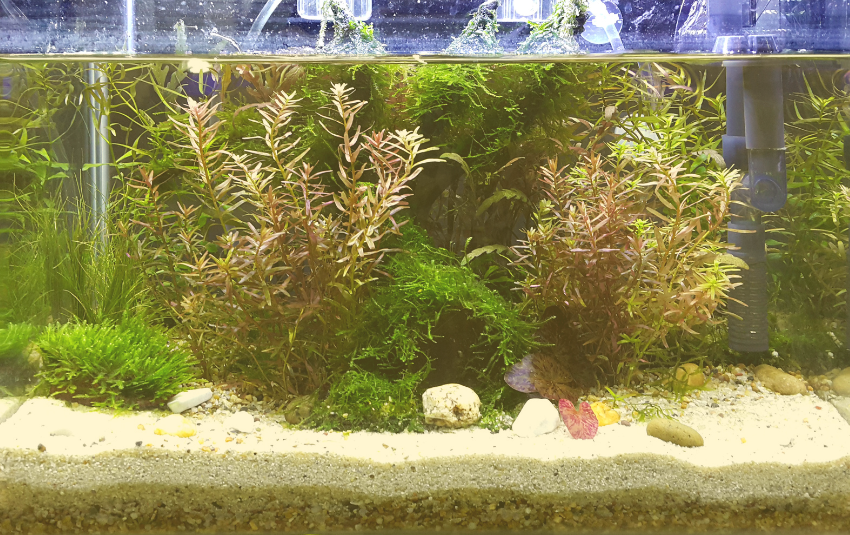
New Tank Syndrome
When setting up a new aquarium, it’s common to experience cloudy water due to the initial bacterial bloom. This phenomenon occurs as beneficial bacteria establish themselves in the tank. These bacteria are crucial for breaking down waste products and maintaining a healthy environment. During the first few weeks, as these bacteria colonize, the water may appear milky or cloudy. Patience is key here; this is a normal part of the tank cycling process. To get clear water in your aquarium during this period, it’s essential to monitor water parameters and avoid adding too many fish too quickly.
Overfeeding And Decaying Food
Feeding your fish more than they can consume leads to leftover food decaying in the water, causing cloudiness and increasing ammonia levels, which can be harmful to your fish. Uneaten food sinks to the bottom, decomposes, and releases nutrients that promote bacterial growth and water cloudiness. To get clear water in your aquarium, feed your fish only what they can eat within a few minutes and promptly remove any uneaten food. Regularly vacuuming the substrate to remove decaying matter also helps maintain water clarity.
Poor Filtration
An inadequate filtration system can fail to remove debris and waste, leading to murky water. The filter is the heart of your aquarium’s ecosystem, responsible for mechanical, biological, and sometimes chemical filtration. Mechanical filtration traps particles, biological filtration supports beneficial bacteria, and chemical filtration removes dissolved impurities. Ensuring you have the right filter for your tank size and bioload is essential. To get clear water in your aquarium, regularly clean and maintain your filter according to the manufacturer’s instructions, and consider upgrading if your current system isn’t sufficient for your tank’s needs.
Algae Growth
Excess nutrients and improper lighting can lead to an algae bloom, turning your water green and cloudy. Algae thrive on light and nutrients such as nitrates and phosphates. If your aquarium is exposed to too much light or if nutrient levels are high, algae can quickly take over. Controlling algae is key to maintaining clear water. To get clear water in your aquarium, manage light exposure by using a timer to ensure your tank is lit for only 8-10 hours a day. Regular water changes and using live plants can help absorb excess nutrients, preventing algae growth.
Substrate Disturbance
How to get clear water aquarium Stirring up the substrate during cleaning or when fish dig can release trapped debris into the water column, making it cloudy. Substrates like sand or fine gravel can easily become suspended in the water if disturbed, leading to temporary cloudiness. To get clear water in your aquarium, gently clean the substrate with a gravel vacuum, avoiding vigorous stirring. Additionally, be mindful of fish species that are known for digging, and consider using a substrate that minimizes clouding if this is a recurring issue.
By understanding and addressing these common causes of cloudy water, you can take proactive steps to get clear water in your aquarium, ensuring a healthy and visually pleasing environment for your aquatic pets.
Preventative Measures
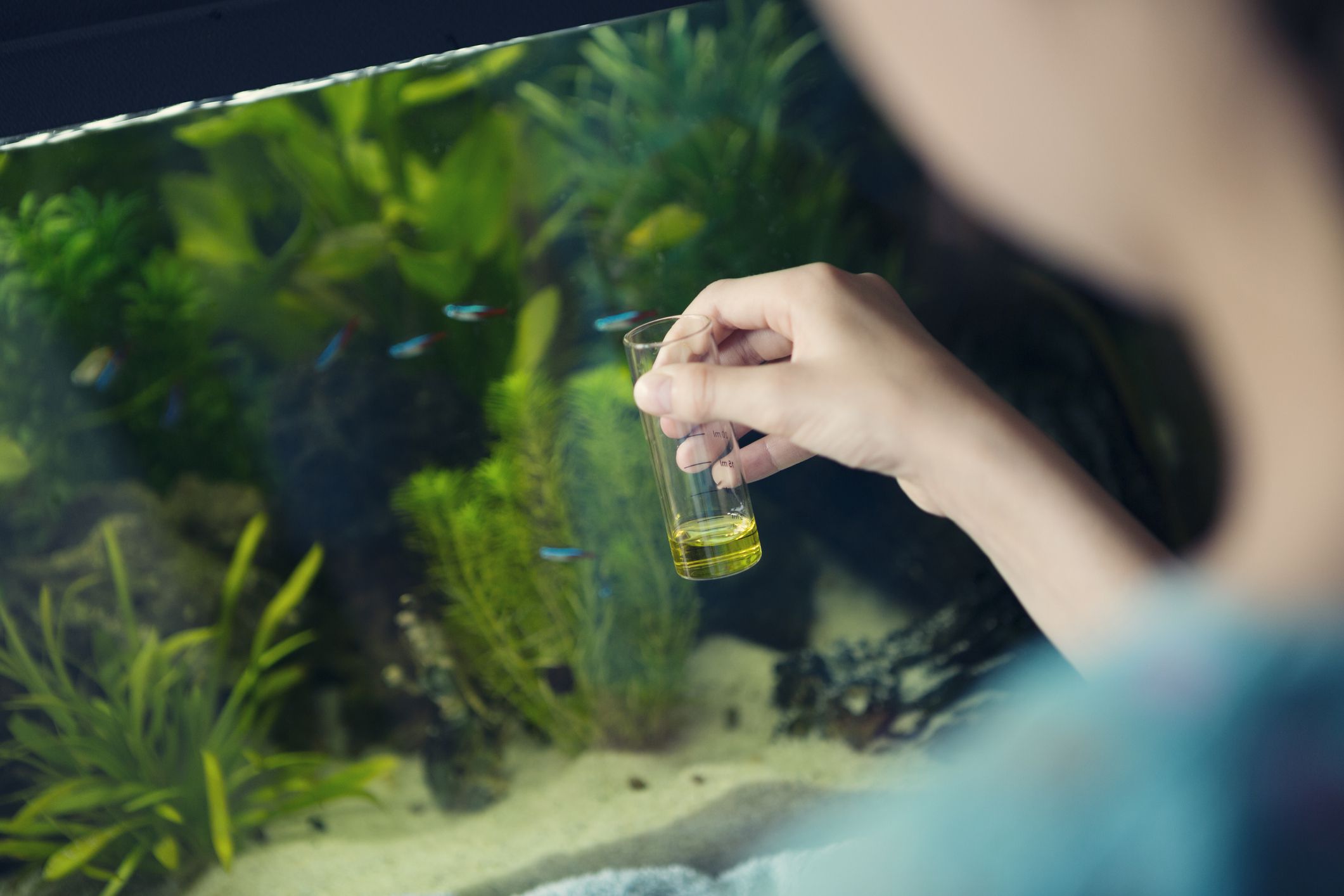
Proper Tank Setup
Starting with a well-planned tank setup can prevent many common issues. Ensure you have the right equipment, such as a quality filter, heater, and lighting system. Follow the correct procedures for cycling your tank, which includes allowing beneficial bacteria to establish before adding fish. This helps to get clear water in your aquarium from the start by maintaining a balanced ecosystem.
Regular Maintenance
Regular cleaning and maintenance are crucial to prevent debris buildup and maintain water clarity. Perform regular water changes, typically 10-20% every one to two weeks, to remove waste and replenish essential minerals. Use a gravel vacuum to clean the substrate and remove any decaying matter. Consistent maintenance routines are essential to get clear water in your aquarium.
Balanced Feeding
Feeding your fish the right amount of food and removing any uneaten portions helps prevent decaying matter from clouding your water. Overfeeding is a common cause of water quality issues. Feed your fish only what they can consume within a few minutes, and ensure to remove any excess food. Proper feeding practices are key to get clear water in your aquarium.
Water Testing And Quality Control
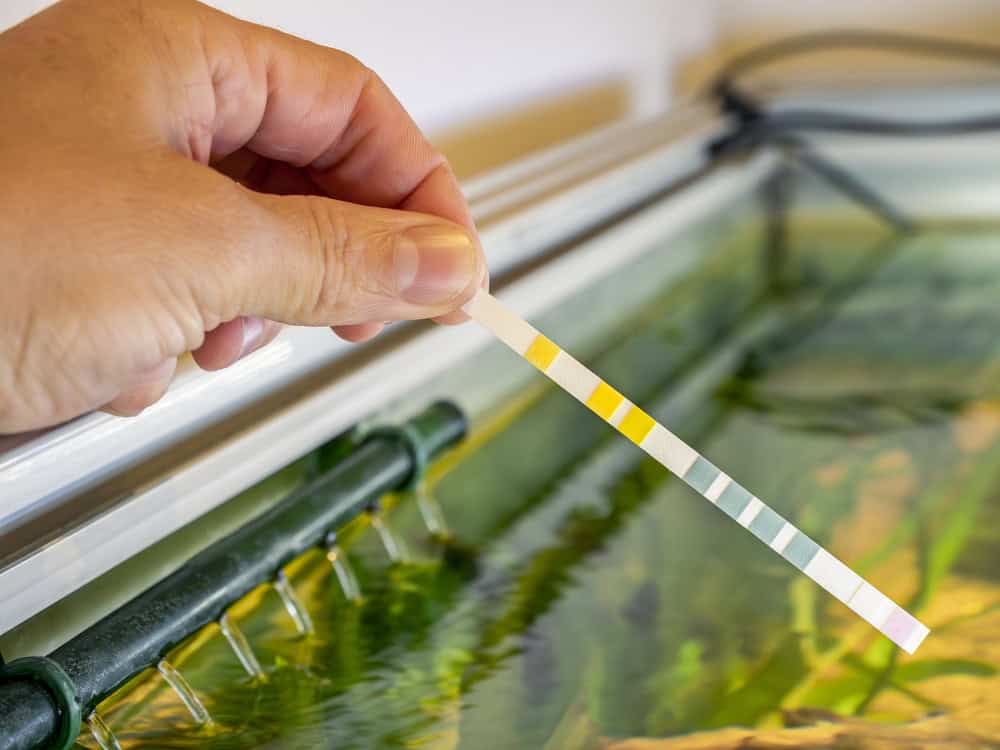
Importance Of Water Testing
Regularly testing your water helps you monitor and maintain optimal conditions for your fish. It allows you to detect issues early and take corrective action. By keeping a close eye on water quality, you can ensure a healthy environment and get clear water in your aquarium.
Key Parameters To Monitor
Monitor key water parameters such as ammonia, nitrite, nitrate, pH, and hardness levels. Keeping these parameters within acceptable ranges is vital for clear water and healthy fish. Consistent monitoring helps you spot any imbalances that could lead to cloudy water or other problems.
Using Water Testing Kits
Invest in reliable water testing kits to check your aquarium’s water quality. Regular testing helps you stay ahead of potential problems and ensures you can take corrective actions before issues arise. Accurate testing is crucial to get clear water in your aquarium and maintain a healthy aquatic environment.
By following these preventative measures, you can significantly improve the chances of maintaining a pristine and healthy aquarium. Proper setup, regular maintenance, balanced feeding, and diligent water testing are all essential components to get clear water in your aquarium and ensure the well-being of your aquatic pets.
Effective Filtration Systems
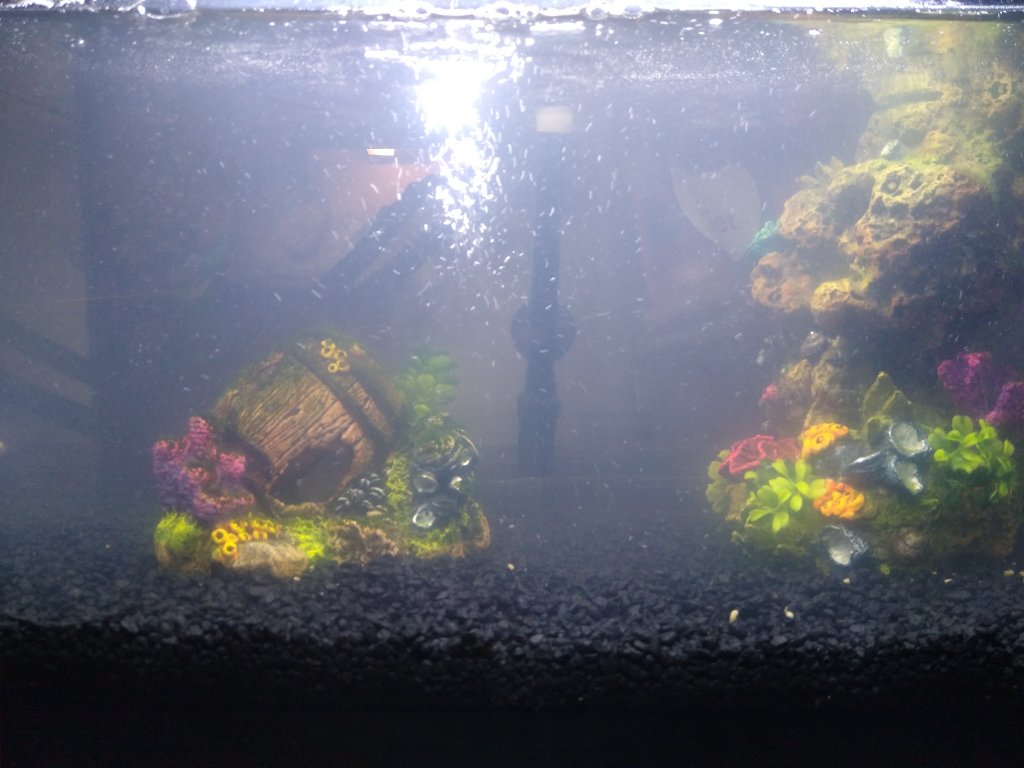
Types of Filters
There are various types of filters, including mechanical, biological, and chemical filters. Each plays a role in maintaining water clarity.
Choosing the Right Filter for Your Tank
Select a filter appropriate for your tank size and stocking levels. Ensure it provides adequate filtration for your specific needs.
Maintenance of Filtration Systems
Regularly clean and maintain your filters to ensure they operate efficiently. Replace filter media as needed to prevent clogging and maintain water flow.
Regular Water Changes
Frequency Of Water Changes
Performing regular water changes is essential to maintain a healthy and clear aquarium. Typically, a 10-20% water change every one to two weeks is recommended. This routine helps to keep the water clean, dilute accumulated pollutants, and ensure a stable environment for your fish. Adhering to this schedule is a key practice to get clear water in your aquarium.
How To Perform A Water Change
To perform a water change, start by using a siphon to remove water and debris from the tank. As you siphon out the water, gently vacuum the substrate to remove uneaten food, fish waste, and other organic matter that can cloud the water. After removing the appropriate amount of water, refill the tank with treated water. It’s important to treat the new water with a water conditioner to neutralize harmful chemicals like chlorine and chloramine, which are commonly found in tap water. This careful process ensures you can get clear water in your aquarium without introducing toxins.
Benefits Of Regular Water Changes
Regular water changes offer numerous benefits:
- Dilution of Pollutants: Regularly changing the water helps dilute harmful substances such as nitrates and phosphates, which can build up over time.
- Waste Removal: Water changes remove organic waste that can decompose and cloud the water.
- Replenishment of Minerals: Fresh water replenishes essential minerals that are vital for fish health and plant growth.
By maintaining this routine, you contribute significantly to the clarity of your water and the overall well-being of your aquatic pets.
Using Chemical Treatments
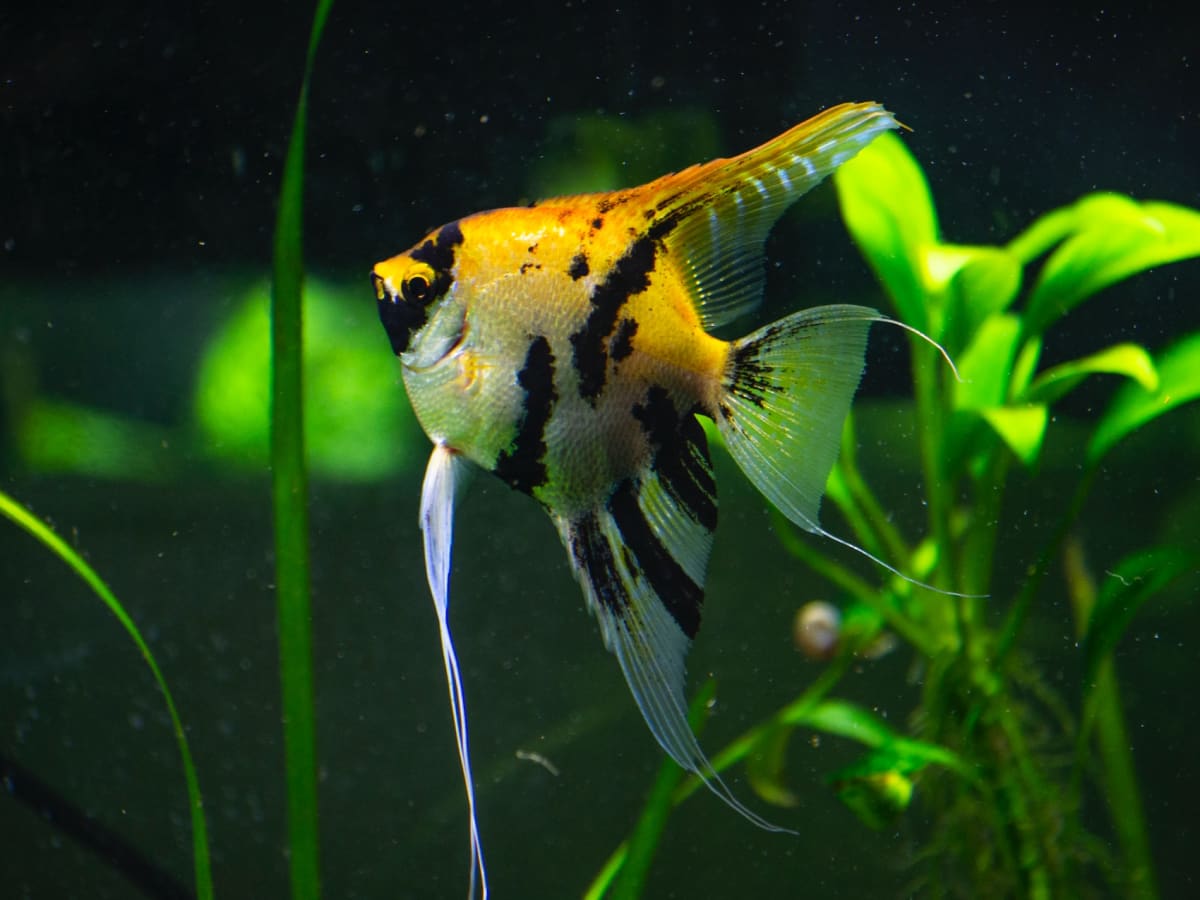
Water Clarifiers
Water clarifiers can be an effective tool to clear cloudy water. These products work by binding small particles together, forming larger clumps that are easier for your filter to remove. When using water clarifiers, it’s crucial to follow the manufacturer’s instructions to avoid any adverse effects on your fish and plants. Proper use of these products can help you get clear water in your aquarium more quickly.
Algae Control Products
Algae control products are designed to manage and reduce algae growth, which can turn your water green and cloudy. While these products can be effective, they should be used cautiously. Overuse or improper application can harm your fish and plants. It’s essential to use these products as a part of a broader strategy that includes managing light exposure and nutrient levels to get clear water in your aquarium.
Safe Use Of Chemicals
When using any chemical treatments in your aquarium, always follow the manufacturer’s instructions precisely. Overuse or incorrect application can disrupt the delicate balance of your aquarium’s ecosystem, potentially causing more harm than good. By using chemical treatments responsibly, you can enhance water clarity while maintaining a healthy environment for your fish.
Incorporating regular water changes and the cautious use of chemical treatments can significantly improve the clarity and quality of your aquarium water. These practices, combined with proper tank setup and maintenance routines, will help you achieve and maintain a pristine and healthy aquatic environment.
Conclusion
Maintaining clear water in your aquarium is essential for the health and well-being of your fish and the overall beauty of your aquatic environment. By understanding the causes of cloudy water and implementing preventative measures, you can enjoy a pristine and vibrant aquarium. Regular maintenance, proper feeding practices, and effective filtration systems are key to achieving and sustaining water clarity. Remember to monitor water quality regularly and address any issues early to keep your aquarium thriving.
FAQs
How often should I change the water in my aquarium?
Regular water changes are crucial for maintaining clear water and a healthy environment for your fish. Generally, changing 10-20% of the water every one to two weeks is recommended. This helps remove waste and replenish essential minerals.
Can I use tap water in my aquarium?
Yes, you can use tap water in your aquarium, but it must be treated to remove harmful chlorine and chloramine. Use a water conditioner to make tap water safe for your fish. Always test the water parameters before adding it to your tank.
What is the best way to clean my aquarium filter?
Clean your aquarium filter regularly to ensure it operates efficiently. Rinse the filter media in a bucket of tank water to preserve beneficial bacteria. Avoid using tap water as it can kill these bacteria. Replace the filter media as needed, following the manufacturer’s guidelines.
How do I know if I am overfeeding my fish?
Overfeeding is a common cause of cloudy water. Feed your fish only what they can consume in a few minutes. If you notice uneaten food after feeding, reduce the amount you give. Overfeeding can also lead to increased waste and water quality issues.
What should I do if my aquarium water turns green?
Green water is often caused by an algae bloom. Reduce light exposure, perform water changes, and consider using an algae control product. Adding live plants or algae-eating fish can also help manage algae growth. Monitor nutrient levels and avoid overfeeding to prevent future blooms.
